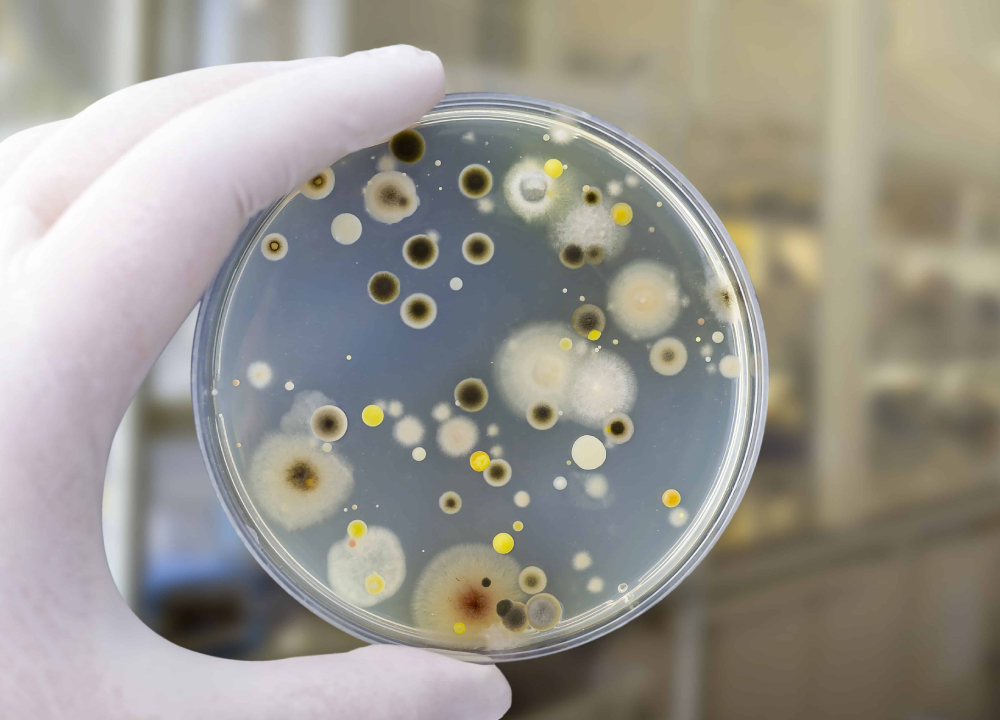Is Mold Causing Your Skin Problems? Here’s What You Need to Know
Mold in your home can cause more than just respiratory problems. It can also lead to skin irritation, which often goes unnoticed or misdiagnosed. Mold spores, when they come into contact with the skin, can cause allergic reactions, rashes, or worsen existing skin conditions. For many people, this type of irritation can be frustrating and persistent, and the connection to mold is often overlooked. In this article, we will explore how mold can affect your skin, the symptoms to watch out for, and how to protect yourself from the harmful effects of skin irritation from mold.

How Mold Triggers Skin Reactions
When mold spores land on your skin, they can trigger an allergic reaction in sensitive individuals. The immune system sees the mold particles as harmful invaders and responds with inflammation, leading to symptoms like redness, itching, or swelling.
The reaction is often more severe in damp or moldy environments where mold growth is higher. People with asthma or other respiratory conditions may also be more prone to developing skin irritation from mold due to their heightened sensitivity.
Skin irritation often manifests as itchy rashes, hives, or eczema. If you’re dealing with unexplained skin discomfort, mold exposure could be the culprit.
Recognizing the Symptoms of Skin Irritation from Mold
If you are experiencing skin irritation from mold, it’s important to be able to recognize the symptoms. Common signs include:
- Itchy Skin: Often localized around mold exposure sites like the hands, arms, or face.
- Rashes: Red, raised patches that can become inflamed and swollen.
- Dry, Flaky Skin: Mold can cause skin dryness, leading to peeling or flaking.
- Hives: Bumps or welts that appear suddenly after exposure to mold.
- Eczema Flare-ups: Mold exposure can worsen existing eczema or cause new flare-ups.
If these symptoms occur after spending time in areas with visible mold or in high-humidity environments, there’s a chance mold is the cause.
Protecting Your Skin from Mold
To prevent skin irritation from mold, you can take a few simple precautions:
- Clean Moldy Areas: If you spot mold in your home, it’s important to clean it immediately. Use mold-resistant cleaning products or a mixture of water and vinegar.
- Wear Protective Clothing: If you're cleaning areas with mold, wear gloves and long sleeves to minimize skin contact.
- Maintain Proper Ventilation: Ensuring your home is well-ventilated will reduce the chances of mold growth.
- Control Humidity: Mold thrives in damp environments, so using a dehumidifier can help prevent its spread.
If the irritation continues or worsens, it’s advisable to consult a healthcare professional.
Seek Professional Help
If you suspect mold is affecting your skin or overall health, consider professional mold testing and removal. Mold growth can sometimes go unnoticed in hidden areas like walls or under floors, and it’s best to have an expert assess the situation.
Dangers of Mold offers sturdy mold testing and remediation services, ensuring your home is mold-free and safe for you and your family.



Comments
Post a Comment